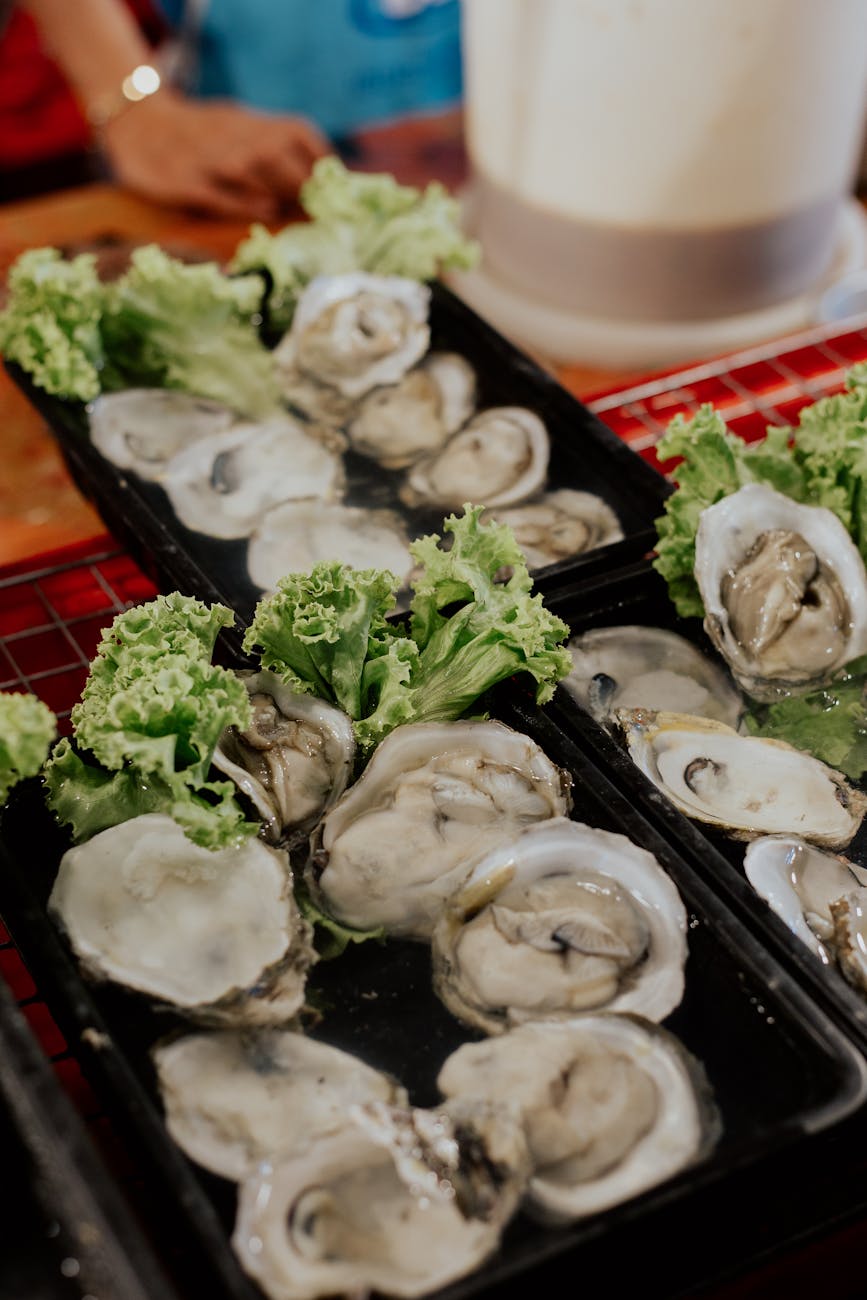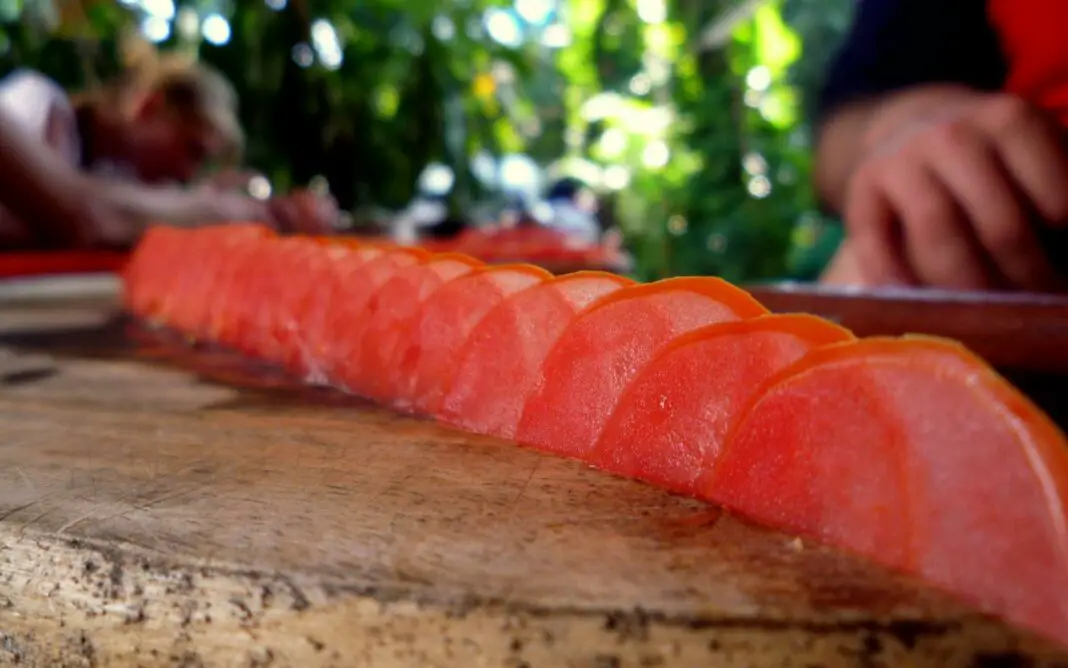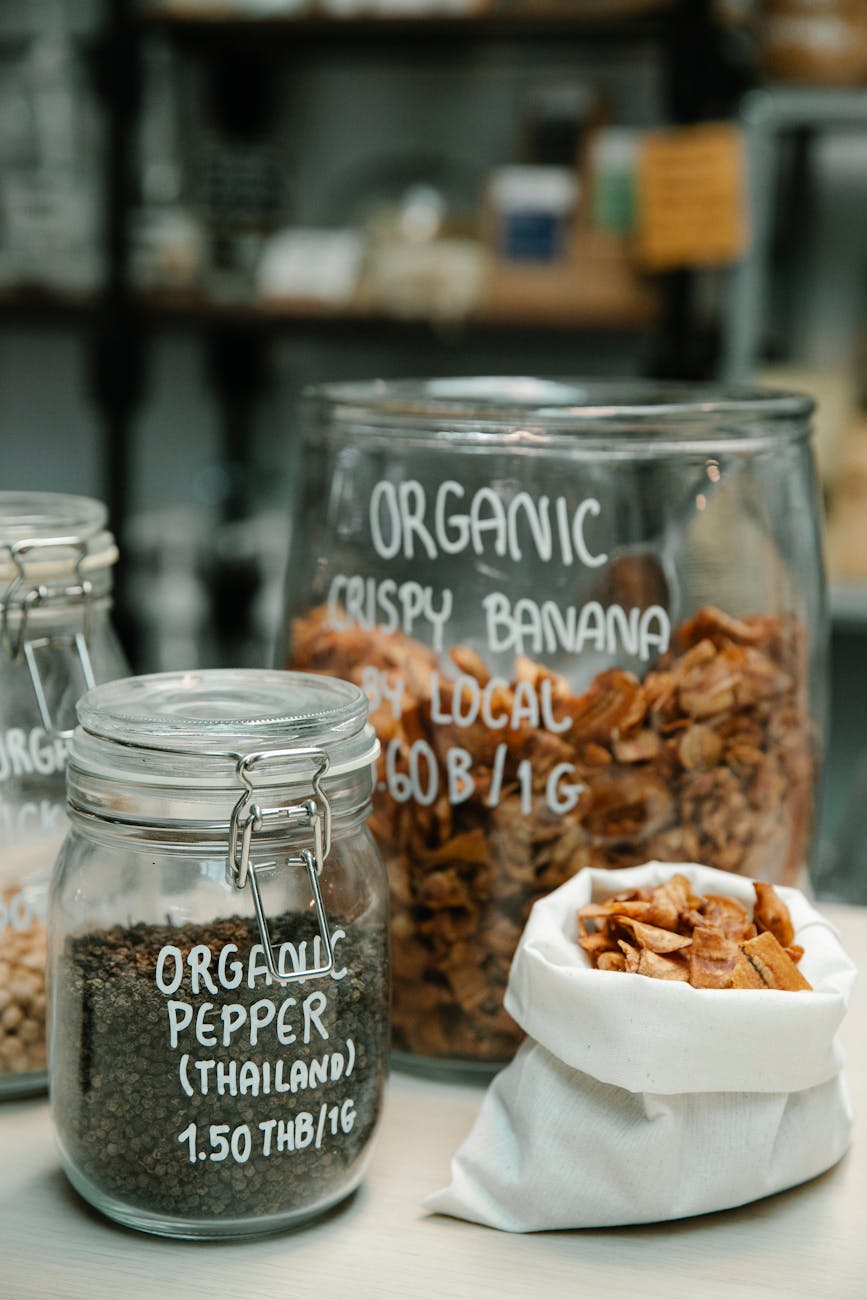Embarking on a trip to Thailand is an experience that tantalizes the senses. Every bustling market, tranquil temple, and stunning beach invites exploration, but the true essence of this vibrant culture reveals itself through its food. Are these local Thai ingredients the secret to perfect dishes? With a rich tapestry of flavors and traditions, Thailand’s culinary delights beckon enthusiasts and foodies from around the globe. Get ready to dive into the world of Thai cuisine, where every ingredient is a key to a masterpiece.
This blog post will explore the fascinating ingredients that define authentic Thai cooking and how they can transform any dish into a culinary wonder. We will journey through lesser-known spices, staple vegetables, and aromatic herbs that combine to create the extraordinary flavors of Thailand’s most celebrated dishes. By the end, you will not only appreciate the complexity of Thai cuisine but also gain actionable insights on how to use these ingredients at home to create your very own authentic Thai dishes.
Table of Contents
- Discovering Thailand’s Cuisine
- Essential Thai Ingredients You Need
- Must-Try Thai Dishes
- Culinary Tips for Using Thai Ingredients
- The Secret Behind Thai Flavors
- Wrap Up and Takeaways
- FAQ
Discovering Thailand’s Cuisine
Thai cuisine is a stunning blend of flavors, colors, and textures that reflect the country’s rich history and geographical diversity. It beautifully combines sweet, spicy, salty, and sour elements, which creates an engaging culinary experience that excites the palate. Influences from neighboring countries such as China, India, and Malaysia appear in the culinary fabric, manifesting in unique dishes that have transcended regional boundaries. The culinary art flourishes not just in restaurants but also in street food stalls, where freshly prepared dishes enchant passersby. Vibrant markets brim with fresh produce, aromatic herbs, and spices, offering visitors a sensory delight that sharpens their appetite for exploration, making Thailand a top destination for food lovers.
Understanding the roots of Thai dishes enhances the appreciation of each bite. The passion for balance in flavors is paramount, guiding chefs and home cooks alike. The rich use of local produce ensures that the dishes are not only memorable but also incredibly fresh and fulfilling. It is this symbiotic relationship between culture and cuisine that makes Thai food so captivating. From the bustling streets of Bangkok to serene northern villages, every region offers a unique twist on flavors, ensuring that every trip provides a new taste adventure.
Essential Thai Ingredients You Need
To achieve the authentic flavors of Thai cuisine, it is crucial to familiarize yourself with the key ingredients that serve as a foundation for many dishes. Fundamental to Thai cooking are herbs, spices, and condiments that breathe life into any meal. Ingredients like lemongrass, galangal, and kaffir lime leaves are indispensable; their aromatic profiles are potent and energizing. Notably, fish sauce is a quintessential element, adding depth to everyday recipes.
Ginger, garlic, and shallots are often the backbone of any Thai preparation, where their combined zest can uplift the simplest of dishes. Moreover, Thai bird chilies offer a fiery kick, contributing to the renowned spice factor prevalent in many culinary creations. Equally important are fresh vegetables like Thai basil, cilantro, and green onions, which add an extra layer of brightness. Recognizing these essential ingredients and understanding their uses will empower you to create mouthwatering Thai dishes at home, ensuring a delightful culinary journey without leaving your kitchen.
Must-Try Thai Dishes
No exploration of Thai cuisine would be complete without sampling some of its iconic dishes. From the fragrant Pad Thai to the comforting Tom Yum soup, each dish encapsulates the spirit of Thai cooking. Pad Thai, with its silky noodles and rich mix of shrimp or tofu, is often bolstered by crushed peanuts and lime, creating a medley of textures and flavors that dance on the tongue. Then there’s the spicy, sour Tom Yum, a beautifully crafted soup that brings together herbs, shrimp, and chilies for a deeply satisfying experience.
Massaman curry deserves a special mention; laced with coconut milk, tamarind, and peanuts, it’s a dish that highlights the cultural melting pot that is Thailand. Street food enthusiasts must also try Som Tum, a green papaya salad that’s refreshingly crisp and bursting with zesty flavors. Each dish tells a story, offering insights into the local traditions and communal spirit that shape Thai cuisine, making these culinary treasures not only delicious but also rich with cultural significance.
Culinary Tips for Using Thai Ingredients
Cooking with authentic Thai ingredients can often feel daunting, but with a few tips under your belt, the process becomes exhilarating. Start by sourcing fresh, high-quality ingredients from local Asian markets, as freshness dramatically enhances flavor. Additionally, don’t shy away from experimenting with flavors; Thai cuisine encourages creativity. For those new to making curry, begin with a pre-made curry paste and gradually work toward creating your own as your confidence builds.
When using herbs, remember to adjust according to taste; start small and build to your desired flavor profile. Moreover, consider the balance of flavors when seasoning your dishes. Thai cuisine excels in harmonizing sweet, sour, spicy, and salty elements, so take time to taste and adjust your ingredients as you cook. Lastly, presentation matters in Thai culture, so make a habit of garnishing your meals with herbs and colorful vegetables to bring a visual allure to the plate, making every meal an artful experience.
The Secret Behind Thai Flavors
The heart of Thai cooking lies not just in its ingredients but in the meticulous balance of flavors that each dish embraces. It is this harmony, reflecting the broader Thai philosophy of life, which sets the culinary experience apart. Traditional Thai recipes often highlight the process of layering flavors, where each ingredient has a unique role in crafting the overall taste. The interplay between sweet coconut sugar, tangy lime, spicy chili, and savory fish sauce creates a nuanced flavor profile that delights the senses. Understanding this synergy allows cooks to appreciate how each element contributes to the final dish.
Dive into the fascinating world of Thai flavor profiles by experimenting in your kitchen. Try balancing sweet with sour, spicy with herbal notes, and see how the dynamics change with different combinations. This approach not only elevates dishes but also makes cooking feel like an adventure, where you are encouraged to innovate. The beauty of Thai cuisine is in its adaptability, welcoming both new ingredients and personal touches while maintaining the integrity of authentic flavors.
Inspiring Culinary Journeys Await
Experiencing a trip to Thailand expands beyond its breathtaking landscapes. The journey into its culinary depths reveals a world of flavors anchored in cultural significance and tradition. By embracing local ingredients and understanding their impact on flavor, you can bring the spirit of Thailand into your own kitchen. Appreciate the interplay of flavors and techniques, and do not hesitate to explore new combinations. Each dish is not just a meal but a celebration of heritage and community, making your culinary journey both personal and profound.
FAQ
- What is the most essential ingredient in Thai cooking?
Fish sauce is often termed as the backbone of many Thai dishes, providing depth and umami. - How can I replicate authentic Thai flavors at home?
Start with fresh, quality ingredients, and don’t shy away from experimenting with proportions and balances of sweet, sour, spicy, and salty. - Are there vegetarian options in Thai cuisine?
Absolutely! Many traditional Thai dishes can be easily adapted to vegetarian versions by substituting proteins with tofu and using vegetable broth. - What are some commonly used Thai herbs?
Common Thai herbs include cilantro, basil, mint, and lemongrass, each imparting unique flavors to dishes. - How spicy is Thai food?
The spice level in Thai cuisine can vary greatly. You can adjust the amount of chilies used to cater to your preferences.
Image Credit: Pexels





